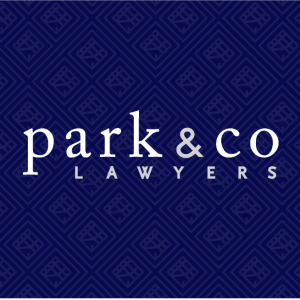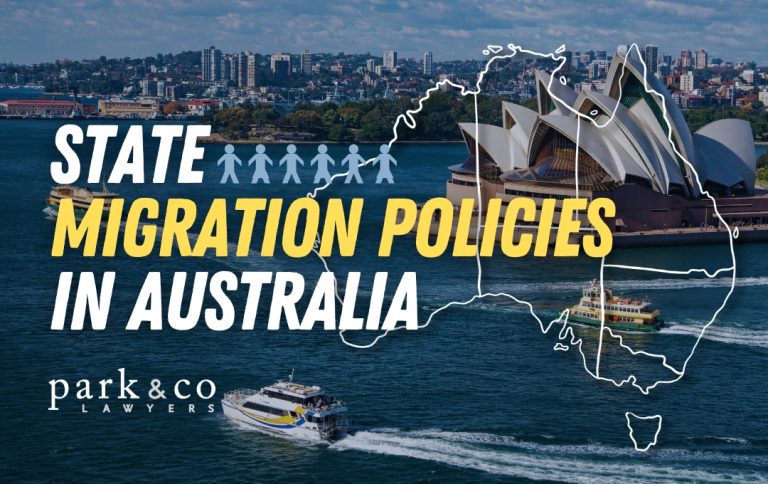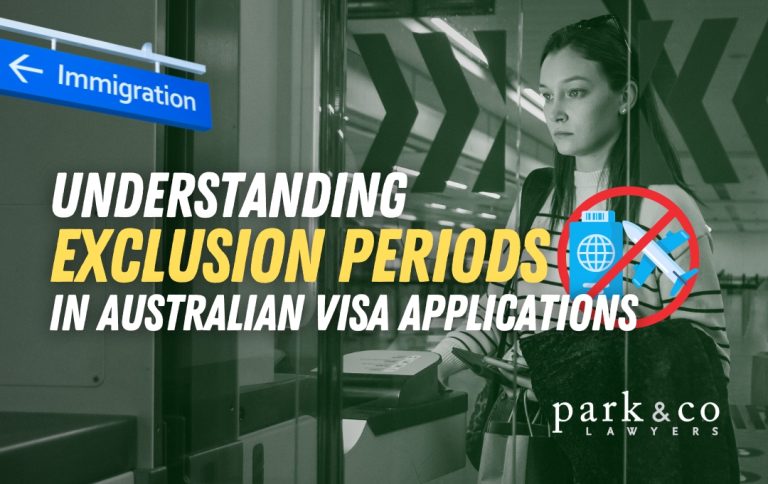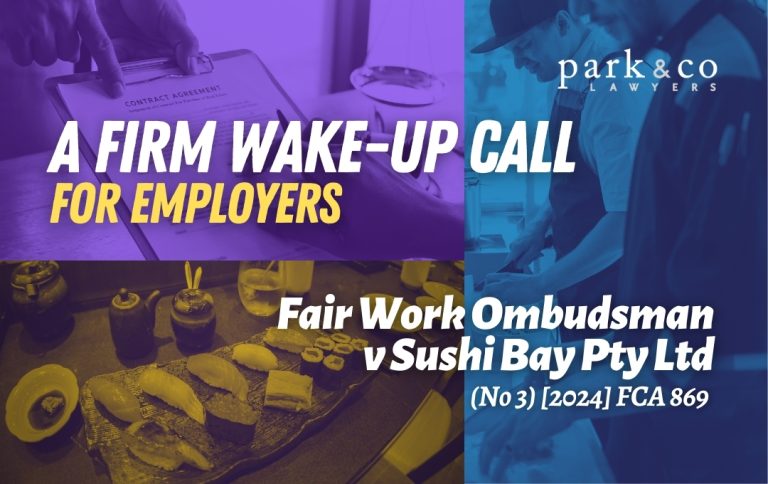What Is a "Public Place"?
A “public place” can simply be understood as meaning a place where many people share and collectively utilise the space and premises. Common examples of public places include shopping centres, parks, playgrounds, educational institutions (e.g. schools, universities, early learning centres), medical institutions (e.g. hospitals and clinics), public transport (e.g. train stations, bus stops, public pathways), recreational institutions (e.g. restaurants, cafes, cinemas, amusement parks), and more. If you are working at a site not as an employee but rather as a contractor, your worksite is also considered to be a “public place”.
What Kinds of Accidents Can Occur in Public Places?
It is a general legal obligation of owners and managers to maintain and allow the safe usage and access to such public places. However, as a result of the owners’ or managers’ negligence with respect to the health and safety of the public place, numerous different kinds of accidents may potentially occur, resulting in injuries, such as:
- Slip and fall accidents due to the failure to clean liquid or other waste on the floor of a shopping mall or supermarket
- Being hit by a trolley or cart being utilised by a store employee to move goods and products
- Sustaining injuries due to a Local Council’s failure to properly maintain public park facilities
- Sustaining injuries from diving at a Council-managed public pool
- Accidents occurring at an amusement park due to a supervisor’s failure to adhere to the necessary safety precautions
- Tenants of a rental property sustaining injuries due to dangerous structures within the property
- Workers of labour hire companies sustaining injuries due to workplace hazards
Is Compensation Available?
If the accident occurred as a result of the negligence of the owner or manager of the public place, a right to claim compensation for damages and injuries arises. Generally, public places will be covered by Public Liability Insurance, therefore when a claim for compensation is made, these Public Liability Insurance companies will represent the owner or manager of the public place.
What to Do When You Have Sustained an Injury
First Stage
- Determine the degree and seriousness of your injury, and whether you require medical attention or treatment
- Take photos and recordings of the accident site, including any obstacles which may be the cause of the accident
- Obtain the contact details of any witnesses
- Obtain the contact details of the owner, manager or operating entity of the public place
Second Stage
- For shopping centres and other large commercial premises, there is generally a formal procedure for reporting accidents and injuries
- Locate the Management Office to file a report with all the relevant details and information regarding the accident and injury
- If there is no formal reporting procedure, advise the relevant manager or owner of the details of the accident and injury
- In the event of a serious injury, you may wish to receive assistance from a family member or support person to report the incident on your behalf
- Alternatively, it is recommended that you engage a lawyer as soon as possible to promptly commence the evidence-gathering stage
Third Stage
- If you are receiving treatment, keep all receipts of the treatment and other incidental costs such as travel fees
- Gather and obtain relevant evidence if the injury has impacted your ability to work
When Should You Make a Claim?

Contact Us Today
We are experienced in the different areas of personal injury claims. We work on a no-win-no-fee basis which means that if you don’t win, you don’t have to pay our legal fees. Contact us today for a free, no-obligation initial consultation. We will discuss your case and make sure you know about your legal rights.








